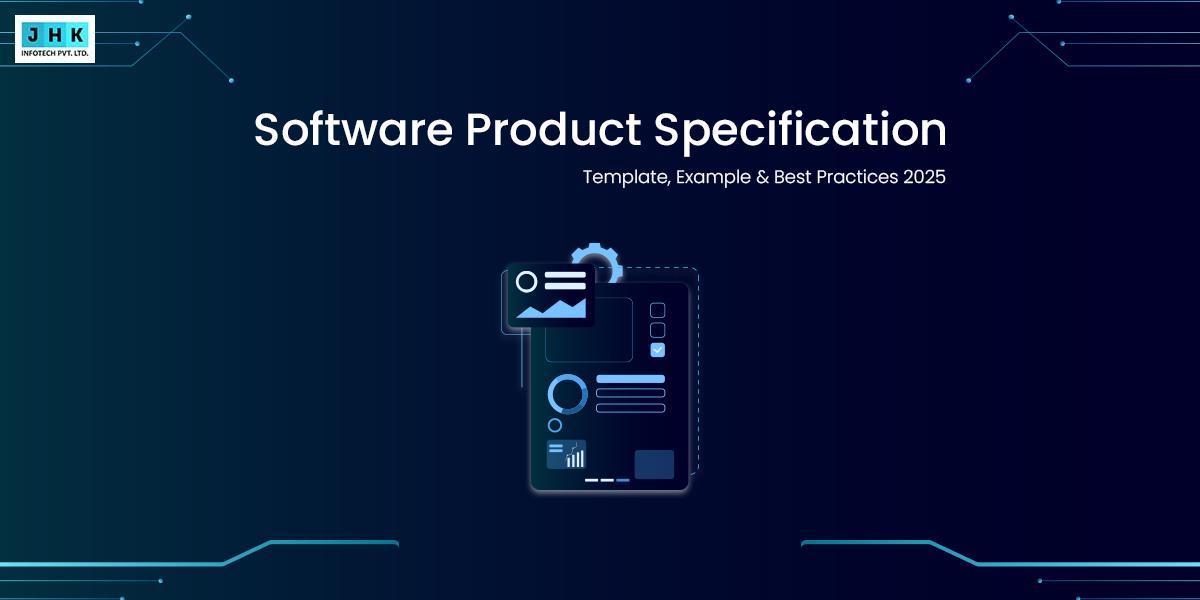5 Ways of Using Computer Vision in Media & Entertainment

Computer vision is the study of how to train computers to see the world in the same manner that we do. Engineers use a variety of technologies and methods to teach computers to recognize objects and people, as well as identify and process images and video content. Image identification and processing, pattern identification, visual search, object detection, scene reconstruction, and other high-tech items will be included on the list. Machine Learning (ML) and Deep Learning (DL) are the foundations for all of the aforementioned.
Computers now have good enough eyesight thanks to ML. Computer vision is now being used in a variety of industries. The first example that springs to mind is top-notch surveillance systems. However, such technological use has sparked strong debates over privacy and tightening controls.
Computer vision involves visual media, including TV and film production, interactive media, games, sports and advertising.
Augmented Intelligence: AR, VR and MR
Augmented intelligence is a one type of model which cooperates between humans and AI, Its results are better performance, improved decision-making, and new options for solving traditional tasks unleashed.
Virtual Reality (VR):
It completely separates users from sounds and voice in the surrounding reality, namely real reality.
Oculus Rift, Samsung Gear VR, and HTC Vive are among the most cutting-edge VR headsets available today. These tools allow users to immerse themselves in other worlds. They can enhance the surrounding area with works of the arts from virtual reality libraries or get a taste of immersive gaming with a wave of their hand.
Augmented Reality (AR)
It allows a filling in a real reality with virtual images, objects, animations, visual effects and captions. AR applications: Pokémon GO, Snap chat, Google Glass etc. This technology enables products like AR Mirror, which provides compelling customer experience, Smart Glasses, which were previously only seen in the movies, and drone racing, which is a thrilling sport.
Mixed Reality (MR)
It is pretty similar to AR. However, rather than creating text and images in the context of the user’s environment, Virtual objects can be created as if they were already existing in the room, each in its own spot, thanks to MR.
Smart Glasses
Hardware capabilities and the leap in the machine learning gave an impetus to developing AR headsets. Google announce such type of new Glass recently. This type of high-end gear is powered by Qualcomm’s Snapdragon XR1 chip, design specially for augmented intelligence.
Glass is first and foremost a business solution. It can be used by professional in a variety of industries to improve manufacturing quality, minimize time to market, and lower total costs.
Computer Vision in Interactive Media
With the introduction of augmented reality, digital media is becoming increasingly interactive. Consumers are not required to participate in traditional television or radio programming. Interactive media provides a new user experience by offering such elements as moving images and graphics, animation, digital caption, video and audio.
AR transforms media apps by allowing for a more immersive experience. AR solution, at their most basic level, allow user to communicate with persons they would otherwise be unable to contact. It also gives life to new worlds that are practically duplicates of the reality but are filled with virtual objects and virtual opportunities.
The incredible experience is made possible by the use of a real-time camera video source combined with image synthesis. As a result we can see the physical world receives interactive graphic overlays, which enables AR.
The Sport of the Future: Drone Racing
Flying drone has recently received a lot of attention. Drone Racing League (DRL) is actively engage in developing racing drones, organize professional tournaments, and turning AR-based entertainment into sport that blurs the gap between actual and virtual reality.
An AR headset is worn by the human pilot of the racing drone. It gives you a first-person perspective and shows you a race course, the drone’s video feed, and fight start. However, drones will soon be able to race on their own.
In drone racing, computers will overcome human pilots, just as they have in a variety of games where people completed against AI and lost. So, a fully autonomous robot Racer AI have four cameras to collect visual data, detect and classify objects with twice the field of view as a human pilots. By 2023, this racing drone equipped for autonomous flight is expected to outperform human opponents.
Tracking Stock
Computer vision has prepared the way for emergency of augmented intelligence, and has enable consumers to create virtual realities full of options unheard of previously. It’s fascinating and enthralling to watch as technology brings something fantastical to life.
Today, we can see computer vision application entering to our daily lives and altering how we interact with the world. Deep learning and machine learning is the technologies have given rise to a new wave of computer vision uses. Many of them are on a business A-list: face recognition and surveillance, robots for production lines, or optimization of verification processes. Many of the industries gain less coverage in relation to computer vision ex: media and entertainment, this business area keeps up with the technology innovations to thrive and grow.
Conclusion:
This is all about 5 ways of using computer vision in media & entertainment I hope this content will help you if you want to learn more about new technologies then like, share and follow our page and stay updated with upcoming new technologies.
Are you looking for an IT company? Contact our highly skilled team and dedicated professionals since we provide you with the best services.





